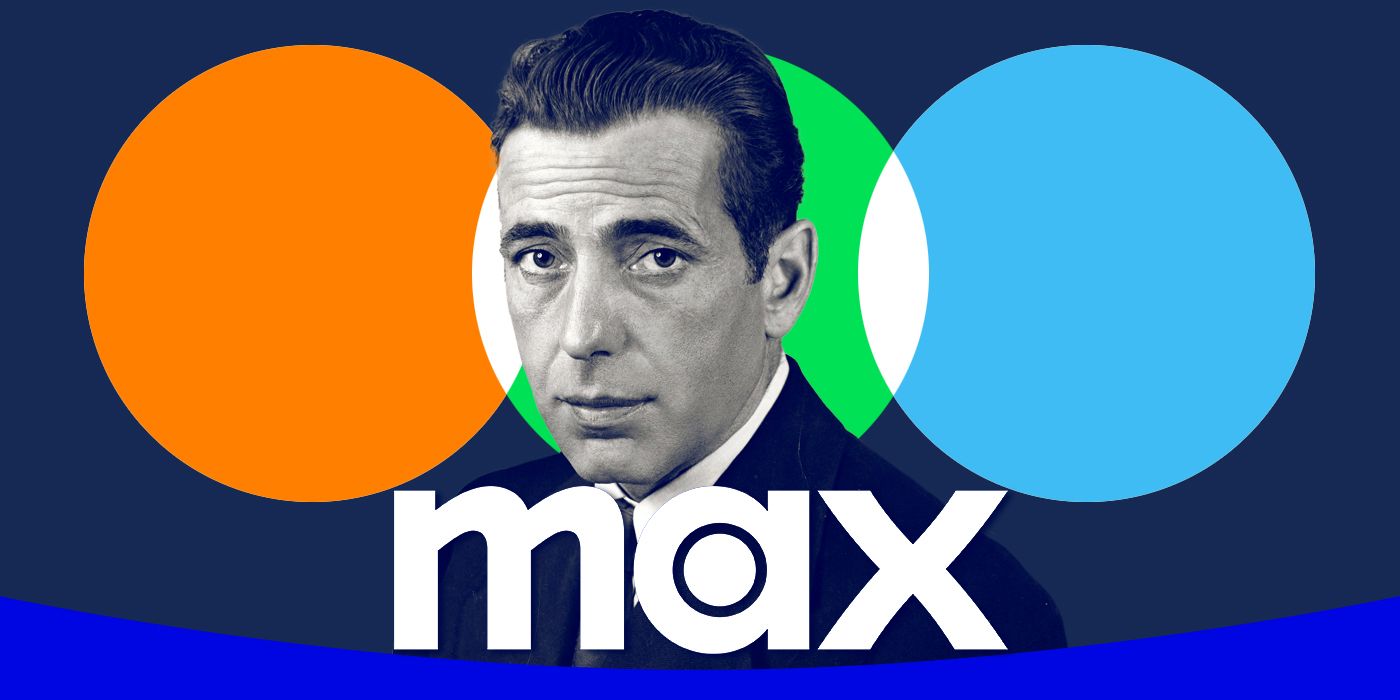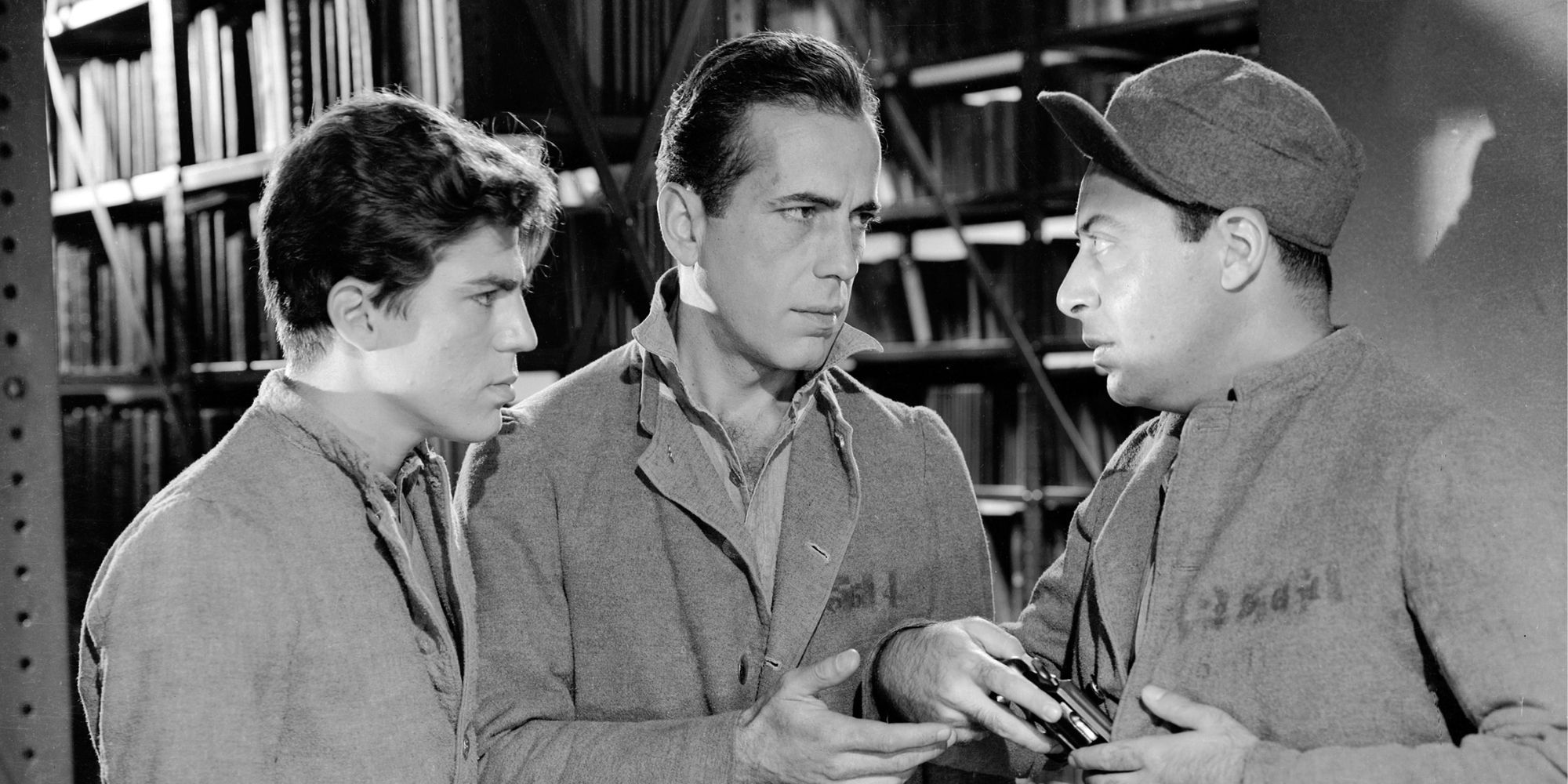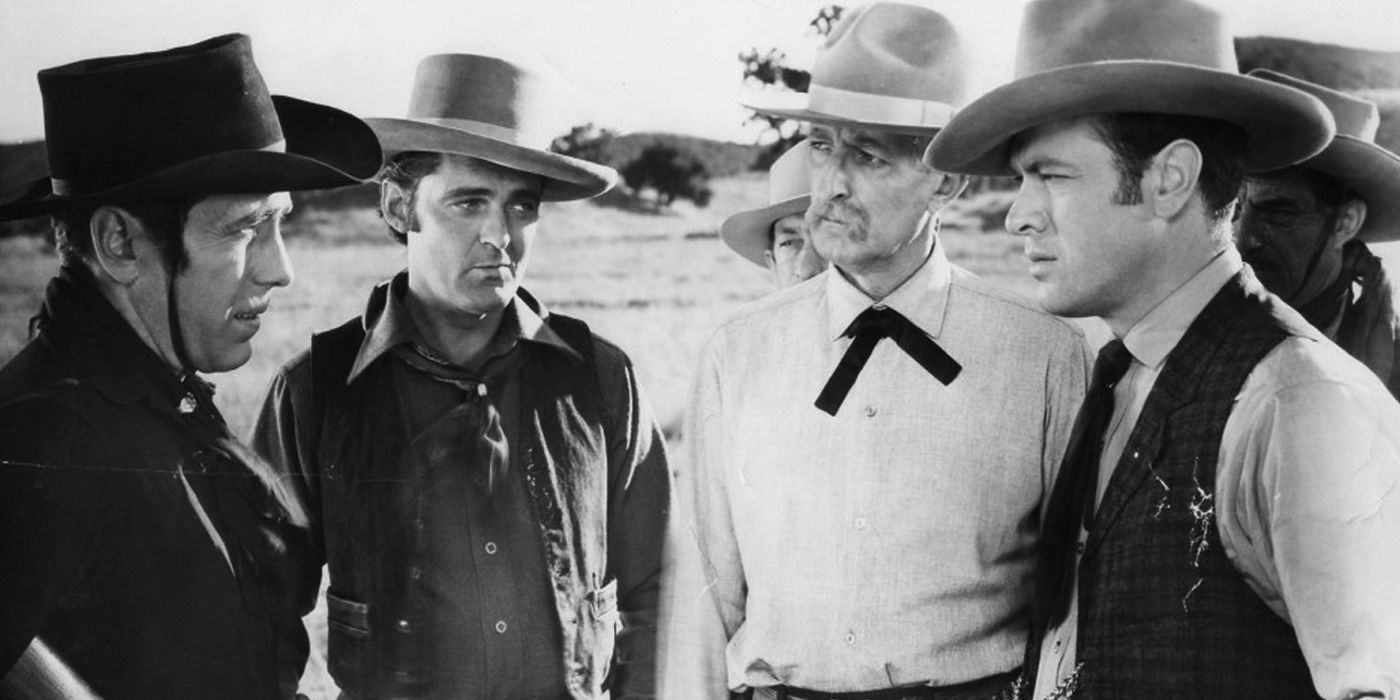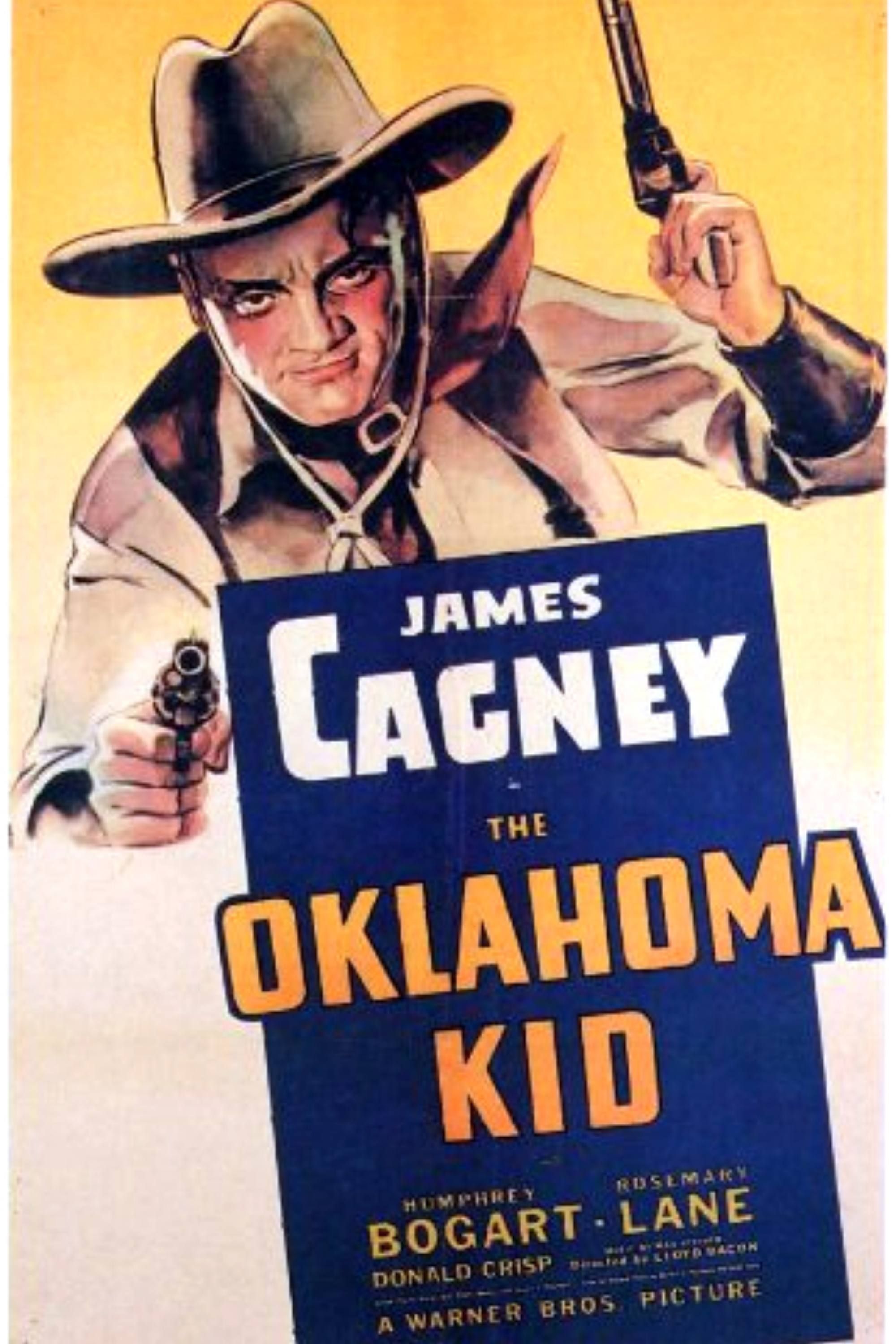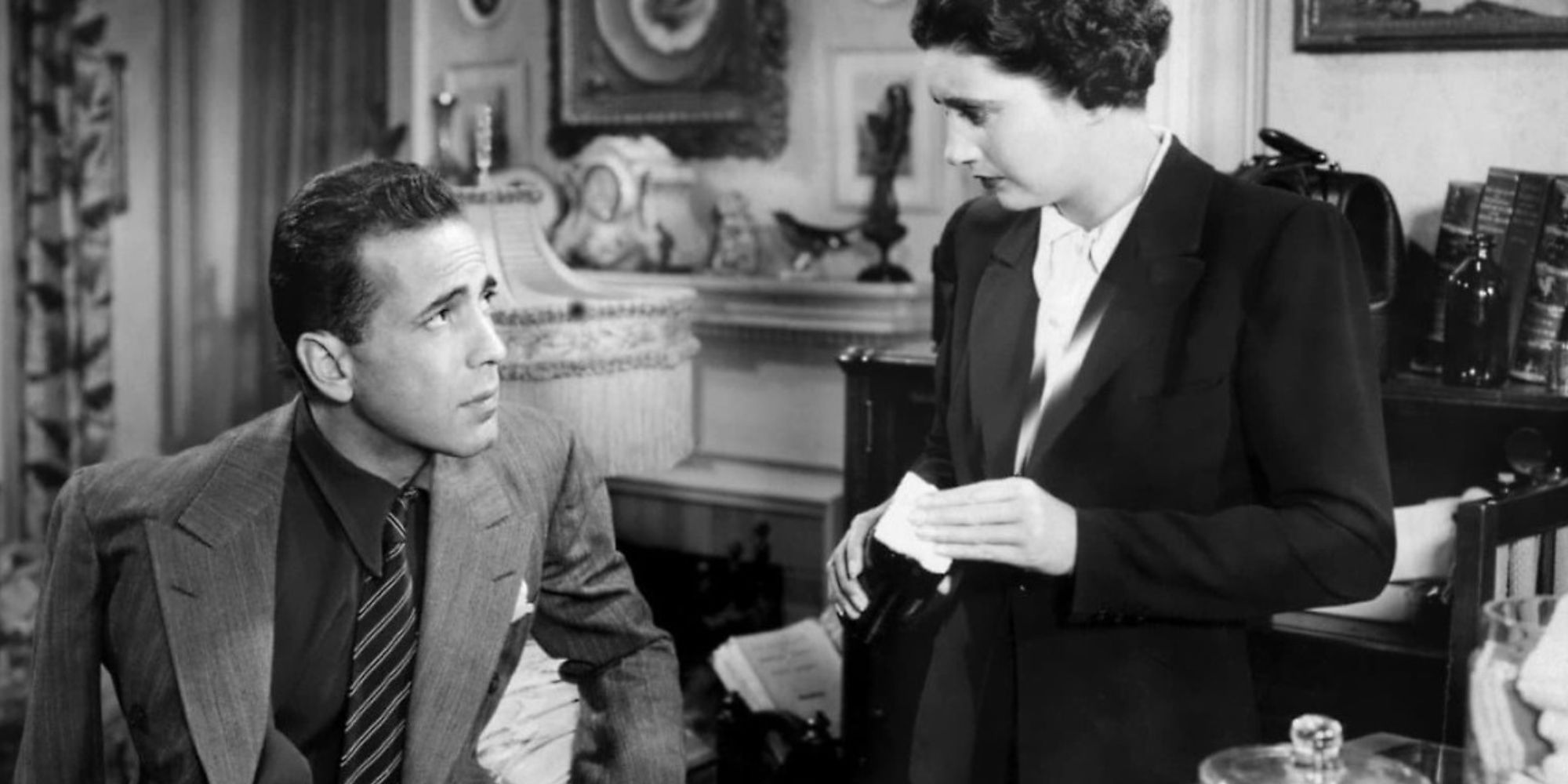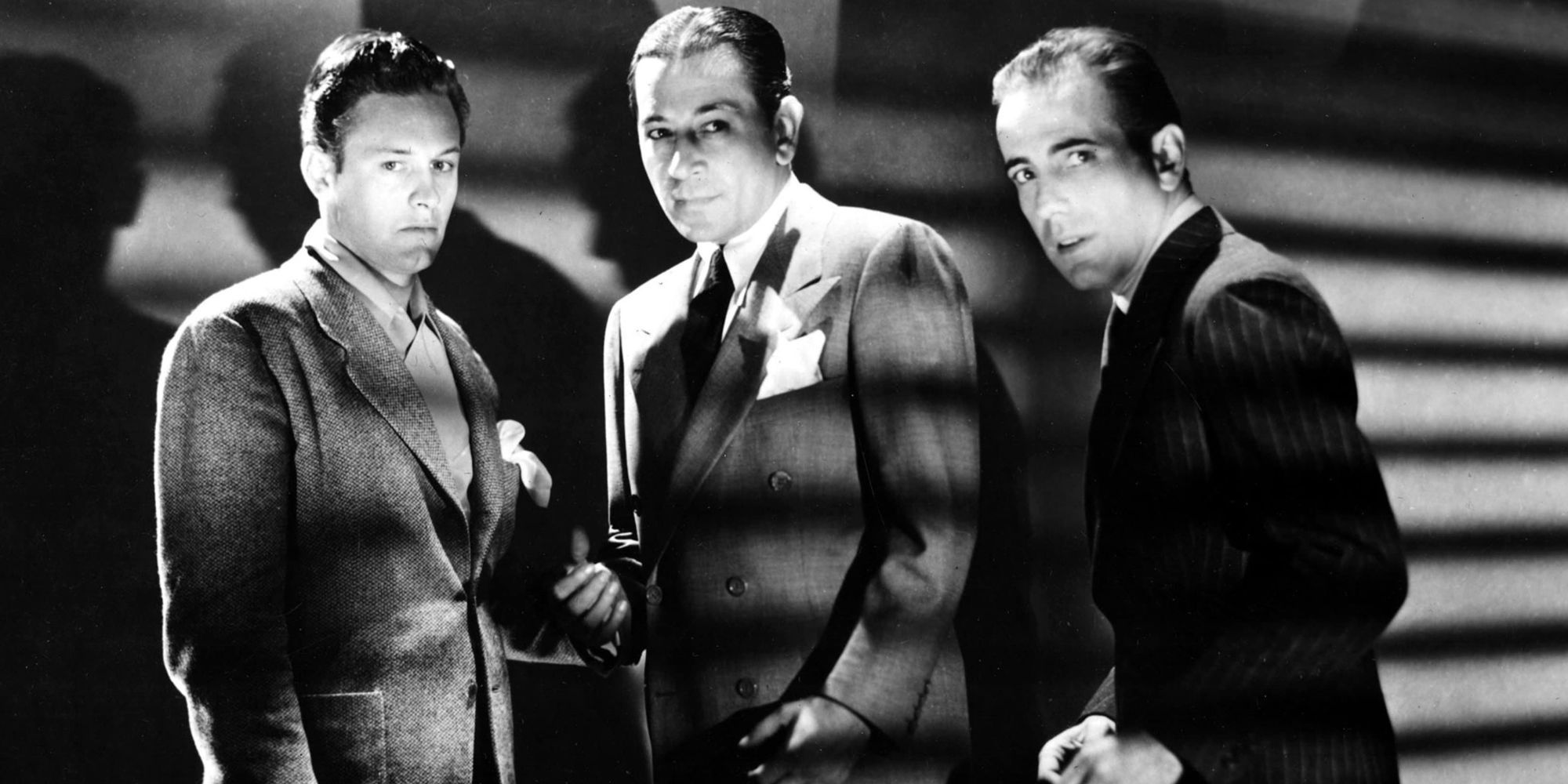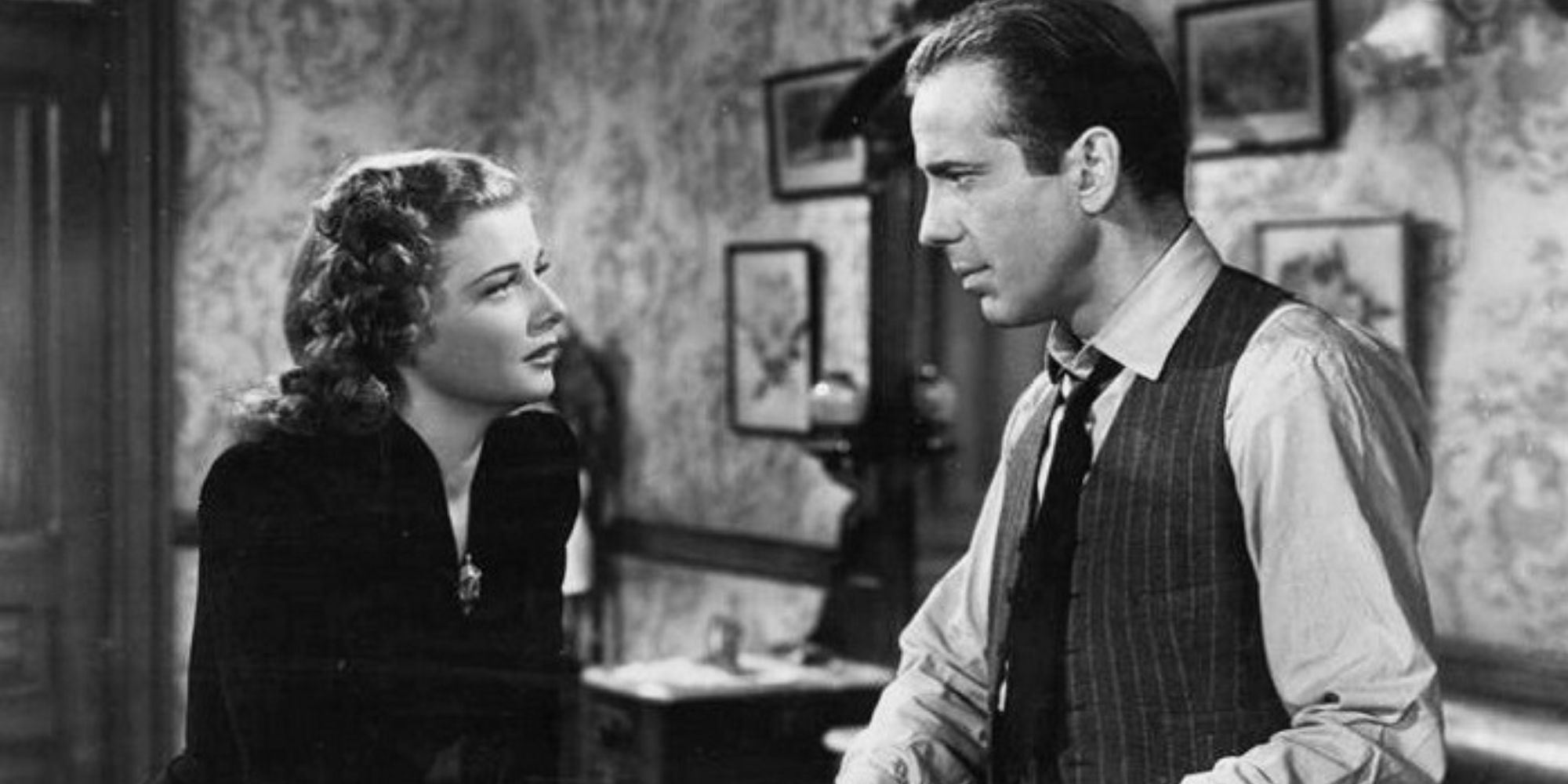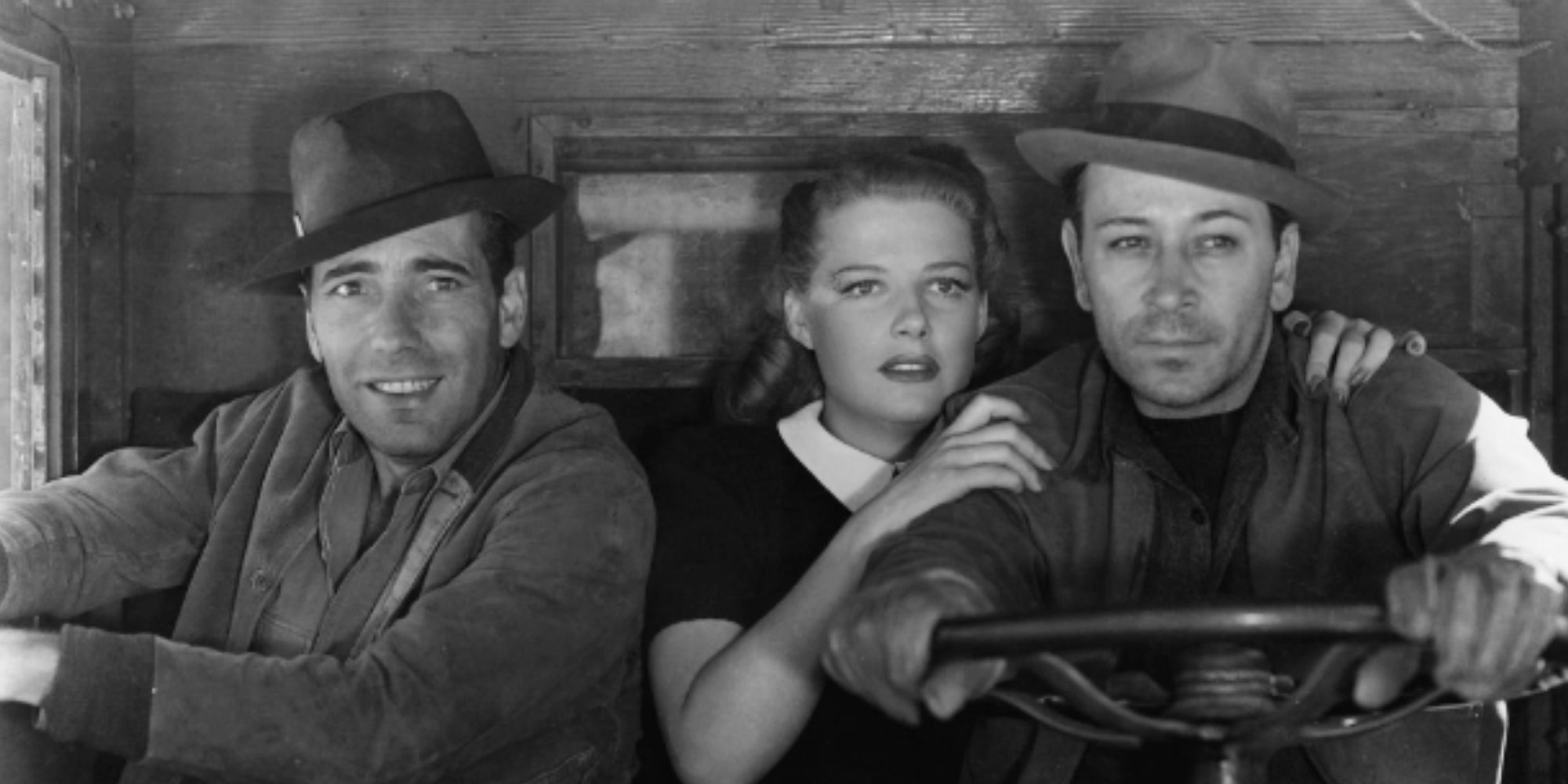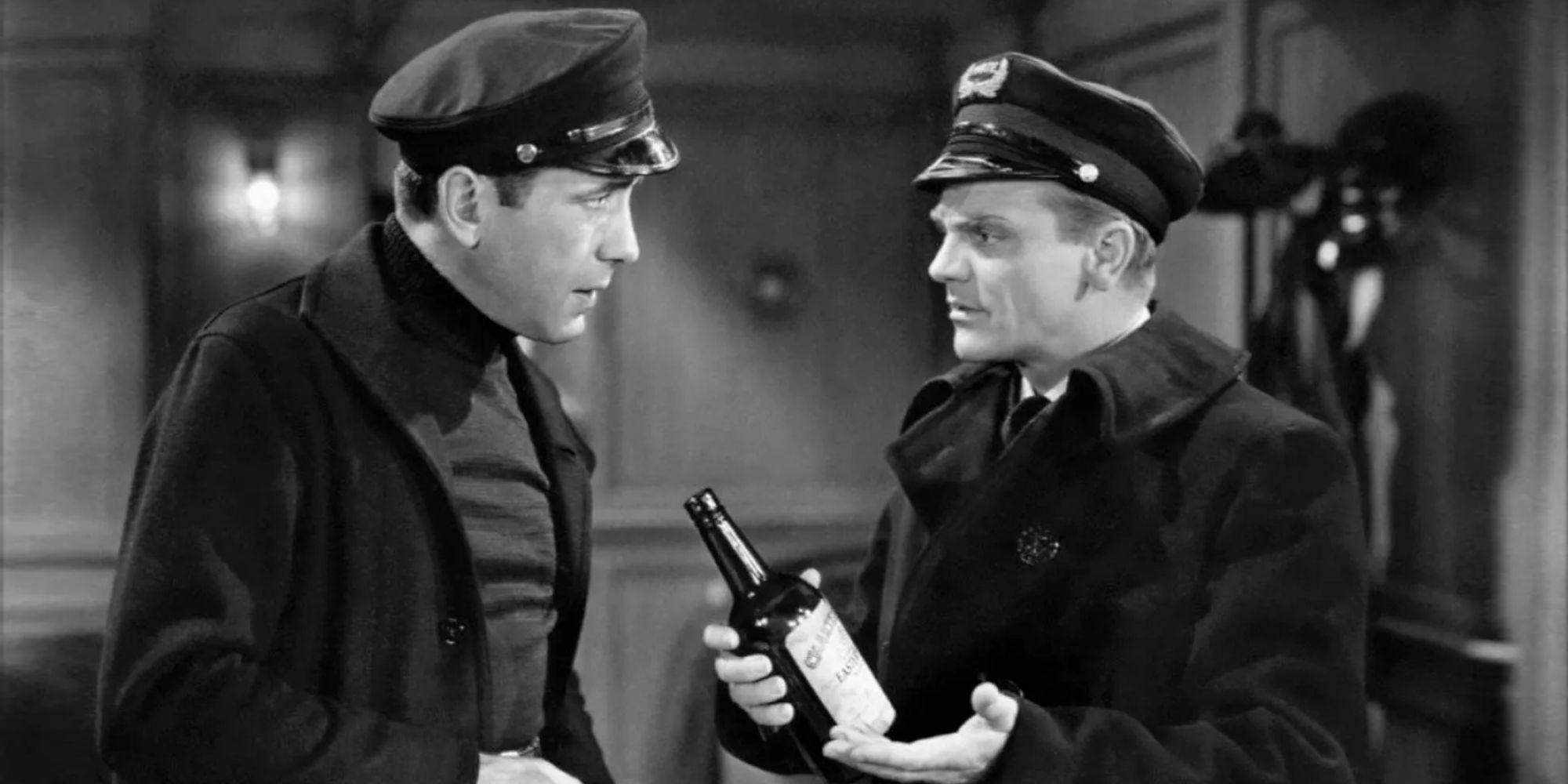Humphrey Bogart is a Hollywood legend and a staple of classic American cinema who starred in countless timeless films, such as The Maltese Falcon, Casablanca, and The Big Sleep. Born in New York, New York, Bogart established himself as a promising star of the stage before transitioning into movies and signing a contract with Warner Bros. Initially, Bogart started out playing second-fiddle roles to notable stars such as George Raft and James Cagney before gaining audiences’ attention with his performance in High Sierra, leading him to become one of the most popular leading men on the silver screen.
Even though various platforms are home to many of Bogie’s popular films, Warner Bros. Discovery’s Max has decided to add a curated collection of some of Bogart’s best movies this month, putting a much-deserved spotlight on the American icon. The collection is set to include fourteen films from Bogart’s extensive career, ranging from well-known titles such as The Roaring Twenties and Key Largo to some of the actor’s earlier films, like Invisible Stripes and The Oklahoma Kid. This list will rank them by their Letterboxd score, hopefully helping viewers with their decision-making when it comes to choosing which Bogie movie to watch first.
14 ‘The Return of Doctor X’ (1939)
Letterboxd Score: 2.8
Known for his film noirs and gangster roles, Bogie takes a step into the horror genre in The Return of Doctor X as Dr. Maurice Xavier, a former doctor brought back to life by a scientist. The film essentially resembles the classic horror film Frankenstein, but unlike Dr. Frankenstein’s monster, Dr. Xavier returns as a madman who seeks out victims to keep himself alive.
While the film earned mixed to poor reviews, The Return of Doctor X is still a notable film mainly because it’s one of few films that showcases Bogart’s impressive versatility as an actor. Bogart’s performance is simply spellbinding and a chilling testament to his immense range and capability of being able to successfully portray more than just the cynical anti-hero.
13 ‘You Can’t Get Away with Murder’ (1939)
Letterboxd Score: 3.2
Bogart stars in the criminal drama You Can’t Get Away with Murder as gangster Frank Wilson, who decides to take Johnny Stone (Billy Halop), a young hoodlum, under his wing to teach him the ropes of Crime 101. When a job goes sideways, and Wilson kills a man, the crime is pinned on someone close to Stone’s sister. While Stone wants to make things right, Wilson isn’t as willing to set things straight and plans a way to get rid of his righteous partner.
You Can’t Get Away with Murder
provides a dark and antagonistic role that proves Bogart could command the screen like few others.
You Can’t Get Away with Murder was one of Bogart’s final B-movies before his breakthrough role in High Sierra, serving as a warm-up to Bogart’s future stardom. According to City of Nets: A Portrait of Hollywood in the 1940s by Otto Friedrich, despite audience and critics’ praise of Bogart, studio head Jack Warner felt that Bogart didn’t have the potential to be a successful lead. However, You Can’t Get Away with Murder is one of several Bogart films that would suggest otherwise. It’s a dark and antagonistic role that proves Bogart could command the screen like few others.
12 ‘The Two Mrs. Carrolls’ (1947)
Letterboxd Score: 3.2
In the mystery film noir The Two Mrs. Carrolls, Bogart stars as painter Geoffrey Carroll. After his lover, Sally (Barbara Stanwyck), discovers he is married, she ends their relationship. After Carroll’s wife passes away, he and Sally are married, but when a younger woman enters the picture, Sally becomes suddenly ill and suspects that her husband is trying to get rid of her to be with his new lover.
Bogie gives a captivating performance in The Two Mrs. Carrolls, which is easily one of the actor’s most underrated roles. Unfortunately, the film features many similarities to previous hit films like Gaslight and Alfred Hitchcock‘s Suspicion, and many believe Bogart and Stanwyck were miscast. Thus, The Two Mrs. Carrolls was hit-or-miss with audiences and critics. In recent years, it has been praised for capturing an authentic Gothic-style atmosphere, and despite the odd pairing of Bogart and Stanwyck, they both still give exceptional performances.

The Two Mrs. Carrolls
- Release Date
- March 4, 1947
- Director
- Peter Godfrey
- Cast
- Humphrey Bogart , Barbara Stanwyck , Alexis Smith , Nigel Bruce , Isobel Elsom , Patrick O’Moore
- Runtime
- 99
- Writers
- Thomas Job , Martin Vale
11 ‘The Oklahoma Kid’ (1939)
Letterboxd Score: 3.2
Bogart saddles up in the Western The Oklahoma Kid as a gunslinging outlaw, Whip McCord, who has a notorious reputation for stealing and having a well-known rivalry with the heroic cowboy, Jim Kincaid (James Cagney), AKA The Oklahoma Kid. When Kincaid’s father tries to bring law and order to their town, McCord has him framed for murder, forcing Kincaid to clear his father’s name before it’s too late.
The Oklahoma Kid is a classic good-versus-evil Western with a subtle gangster tone courtesy of Bogart and the ever-reliable James Cagney. The film features Bogart in one of his few roles as a villain, delivering a solid performance that effectively parallels Cagney’s vigilante character. While Cagney is the official star of the film, Bogart makes the most of his screen time, giving a ruthlessly wicked performance as a dangerous outlaw who audiences can’t help but love to hate.
10 ‘King of the Underworld’ (1939)
Letterboxd Score: 3.2
Bogie stars in the 1939 criminal drama King of the Underworld as a powerful kingpin, Joe Gurney, who has employed Dr. Niles Nelson (John Eldredge) as his on-call physician. When Nelson is accidentally killed in a shootout that leads to Gurney’s arrest, suspicion falls on the doctor’s wife, Carole Nelson (Kay Francis). The scrutiny surrounding her husband’s murder destroys Carole’s life, forcing her to not only try and clear her name but also to find her husband’s killer.
Although Bogart played dozens of gangsters, his role in King of the Underworld is perhaps one of the most vile and cruelest. The actor conveys his character with a rotten sense of tenacity and sinister flair, effortlessly elevating the overall intensity of the film without utilizing excessive action and violence. Even though King of the Underworld doesn’t reign as one of Bogart’s best films, his performance definitely deserves more recognition and credit than it typically receives.
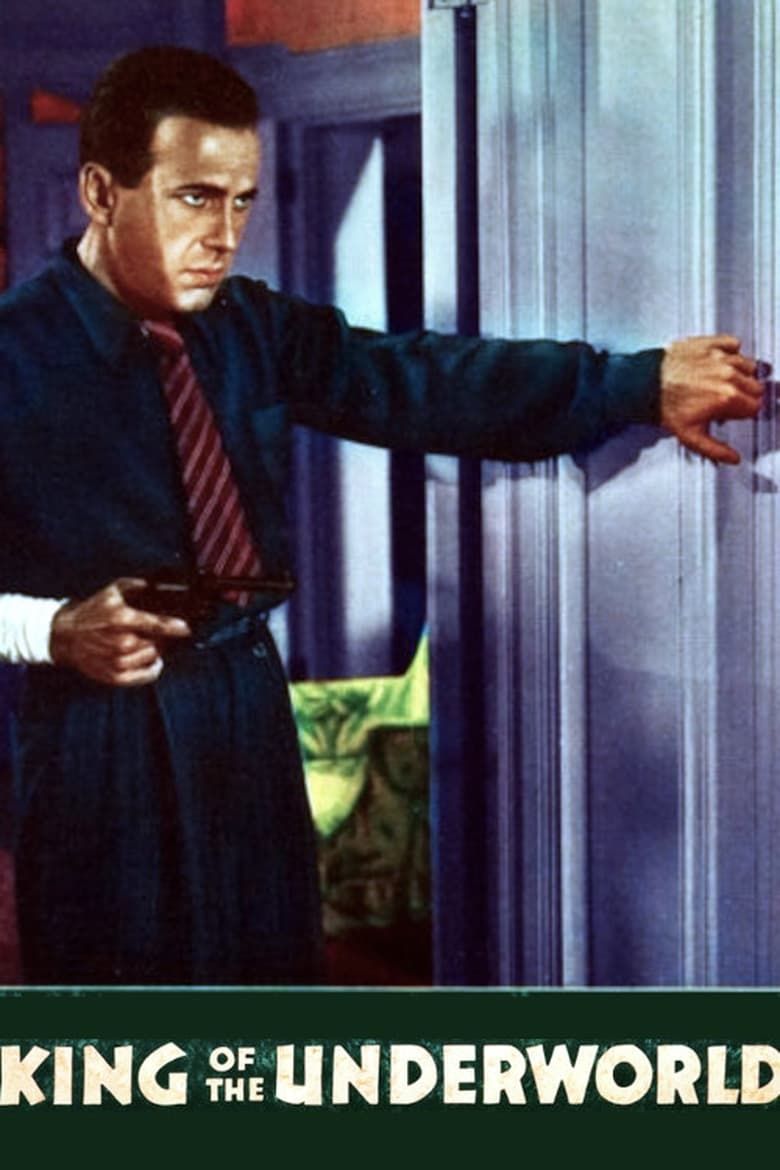
King of the Underworld
- Release Date
- January 14, 1939
- Director
- Lewis Seiler
- Runtime
- 67 minutes
- Writers
- George Bricker
9 ‘San Quentin’ (1937)
Letterboxd Score: 3.2
In the prison drama San Quentin, Pat O’Brien stars as the incoming captain of the yard at San Quentin prison, Steve Jameson, who, shortly before taking his new post, falls in love with a singer, May (Ann Sheridan). When May’s brother, Joe “Red” Kennedy (Bogart), is arrested and sent to San Quentin, May doesn’t approve of Jameson’s harsh methods of reform and ends their relationship. Initially, Kennedy appreciates Jameson’s strict rules, but once he finds out about the captain’s former relationship with May, he starts to wonder about Jameson’s motives.
In one of his earlier films, Bogart takes on a supporting role in San Quentin and delivers a shell-shocking performance that is a marginalized triumph for the actor. Although the plot and surrounding circumstances seem a bit naive and outdated by today’s audiences’ standards, San Quentin is still an entertaining and well-constructed film that essentially gives audiences a look into the early days of Bogart’s film career.
8 ‘The Wagons Roll at Night’ (1941)
Letterboxd Score: 3.2
The Wagons Roll at Night is a romantic drama starring Bogart as Nick Coster, the owner of a traveling circus. After one of his lions escapes, Coster meets a young store clerk, Matt Varney (Eddie Albert), who manages to tame the big cat. As Varney becomes a local celebrity, Costner decides to hire him and train under his current lion tamer. When Varney meets and falls in love with Coster’s highly-educated sister (Joan Leslie), things become tense between the owner and his newest employee.
The Wagons Roll at Night is based on the 1936 novel Kid Galahad by Francis Wallace and it’s another instance where many felt Bogart was miscast. Either way, it’s still thrilling to watch Bogart perform outside his element, especially against the backdrop of a traveling circus. Although imperfect, The Wagons Roll at Night allows audiences to witness the actor’s uncanny ability to adapt to a unique vision with incredible ease.
7 ‘Invisible Stripes’ (1939)
Letterboxd Score: 3.3
George Raft stars in Invisible Stripes as a seasoned criminal, Cliff Taylor, who, after being released from prison, decides to go straight and leave his days of crime behind him. Unfortunately, Taylor’s extensive record keeps him from being able to obtain a legitimate job, and when his younger brother, Tim (William Holden), partners up with Taylor’s former prison buddy (Bogart), he starts to reconsider his initial plan.
Bogart portrays a traditional devil-on-the-shoulder-type character in Invisible Stripes, which, despite an all-star cast, was only a minor success. The film does follow a rather predictable plot, but Bogart’s performance is among his most remarkable and slightly menacing supporting roles that inevitably capture the audiences’ full and undivided attention. Although Bogart isn’t the star of Invisible Stripes, it still demonstrates the actor’s uncanny ability to dominate a scene with just his sheer presence.
Invisible Stripes
- Release Date
- December 30, 1939
- Director
- Lloyd Bacon
- Runtime
- 81 minutes
- Writers
- Warren Duff
6 ‘It All Came True’ (1940)
Letterboxd Score: 3.3
It All Came True is a musical comedy-drama starring Bogart as Chips McGuire, a gangster who blackmails an aspiring songwriter, Tommy Taylor (Jeffrey Lynn), to let him hide out at his mother’s boarding house. Shortly after his arrival, McGuire seemingly turns the place into a bustling nightclub, and to ensure its success, he hires Taylor and a singer (Ann Sheridan) to be the club’s main attraction.
Some might be put off by the genre of It All Came True, but Bogart effortlessly blends his character into the comical scenario without coming off as cliché or forced. The actor seemingly adds a cheeky, dry sense of humor that elevates his character’s transformation from a merciless gangster to a surprisingly honorable man with redeeming qualities. It All Came True is another film where Bogart isn’t the lead, but despite earning third billing, he still shines with a larger-than-life performance.
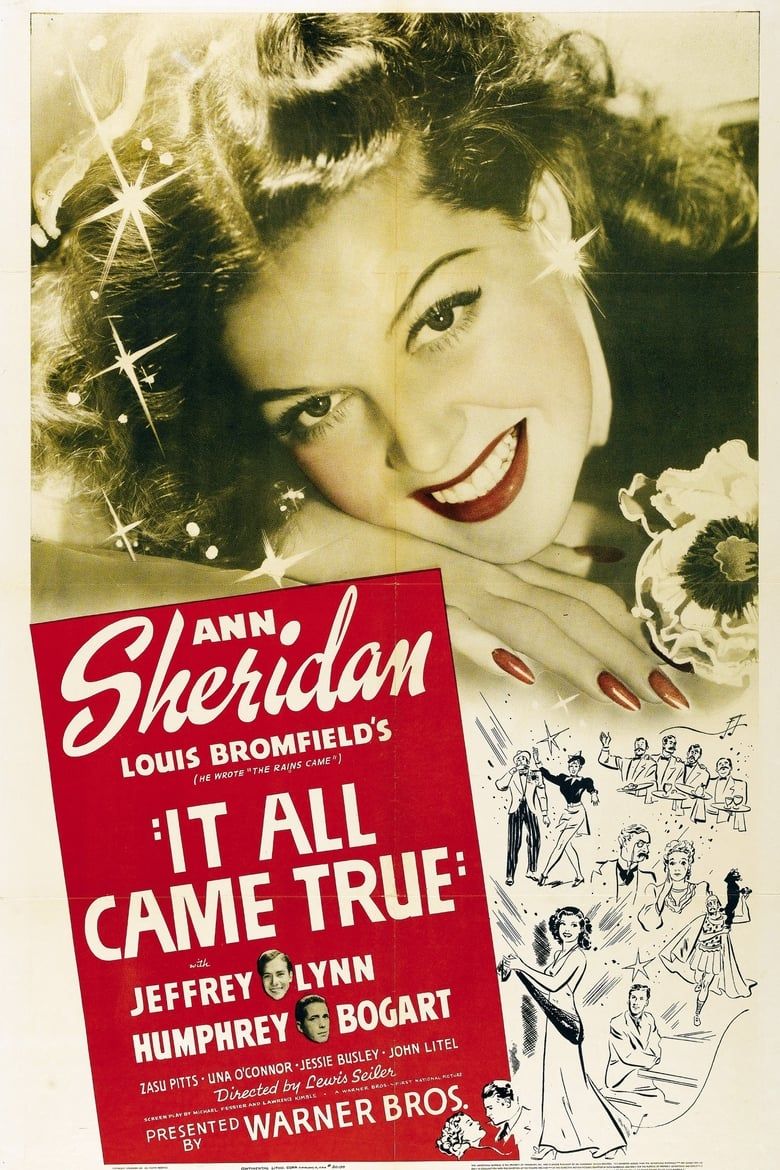
It All Came True
- Release Date
- April 6, 1940
- Director
- Lewis Seiler
- Runtime
- 97 minutes
- Writers
- Lawrence Kimble
5 ‘Passage to Marseille’ (1944)
Letterboxd Score: 3.3
Set during World War II, Bogart stars in Passage to Marseille as a convicted criminal, Jean Matrac, who, along with several others, is rescued by a French ship headed for Marseille. Once aboard, Matrac informs the ship’s captain that he and the others escaped from Devil’s Island to fight in the war. As the ship nears its destination, France surrenders to Germany, and when Major Duval (Sydney Greenstreet) tries to take command of the ship, Matrac and his men fight to derail his efforts.
Passage to Marseillefeatures what is without question one of Bogart’s finest performances, but unfortunately, it is typically overshadowed by his more mainstream work. The beauty of Bogart’s performance is how he ultimately humanizes the criminal archetype, equipping his character with an authentic sense of honor and vulnerability that is extremely admirable. Passage to Marseille is a riveting melodrama, and even with a star-studded cast, Bogart stands out with his compelling and honest performance.
4 ‘They Drive By Night’ (1940)
Letterboxd Score: 3.5
Bogart teams up again with George Raft in They Drive By Night as brothers Joe and Paul, hardworking truck drivers trying to run a business. After an accident causes Paul to lose an arm, Joe takes a job at another trucking company where the owner’s wife, Lana (Ida Lupino), falls in love with him and decides to get rid of her husband. When Lana confesses her feelings to Joe, he refutes her advances, leading a scorned Lana to frame him for murder.
They Drive By Night is one of Bogart’s most underrated movies and one of several where he stars opposite Raft. The film is an entertaining film noir that still conveys the genre’s traditional cynicism and toughness without a plot riddled with violence and revenge. Bogart gives a thrilling performance and essentially forges a distinctive path in the film without taking away or overshadowing his fellow co-stars, who all give stellar performances. They Drive By Night hails as one of Bogart’s greatest performances as well as one of director Raoul Walsh‘s top contributions to classic cinema.
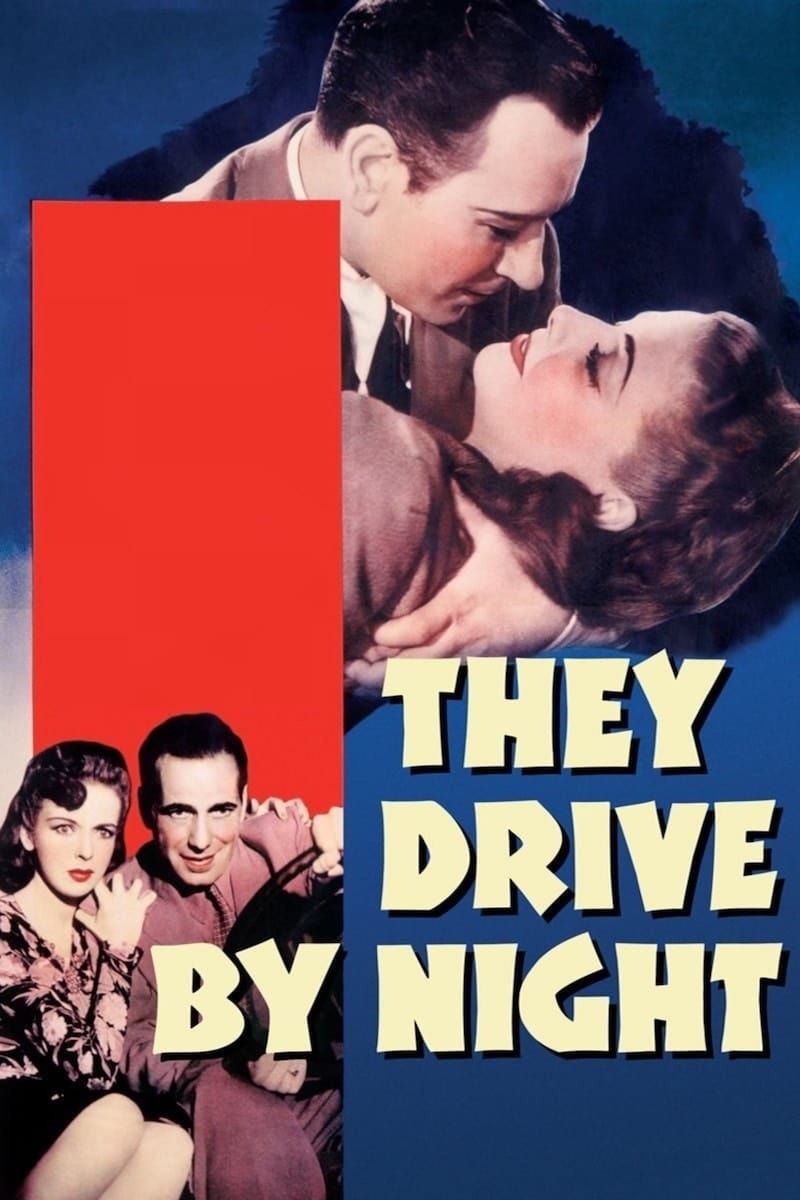
They Drive By Night
- Release Date
- August 3, 1940
- Director
- Raoul Walsh
- Cast
- George Raft , Humphrey Bogart , Ann Sheridan , Ida Lupino , Gale Page , Alan Hale , Roscoe Karns , John Litel
- Runtime
- 95 Minutes
- Writers
- Jerry Wald , Richard Macaulay , A.I. Bezzerides
3 ‘Key Largo’ (1948)
Letterboxd Score: 3.8
Bogart reunites with John Huston in the 1948 classic film noir Key Largo as World War II veteran Frank McCloud. He travels to Key Largo to pay his respects to his war buddy’s father (Lionel Barrymore) and his widow (Lauren Bacall), who own and operate a local hotel. Shortly after his arrival, McCloud realizes the hotel has been taken over by notorious gangster Johnny Rocco (Edward G. Robinson) and his men, leading to an inevitable conflict between McCloud and Rocco where only one can come out alive.
Key Largo is an essential Bogie and Bacall film that is full of unwavering suspense and exceptional performances by the overall cast. Between his piercing, dark eyes and towering presence, Bogart gives a defining powerhouse performance in Key Largo, delivering a traditional tough and honorable guy role with his signature style and stamina. Key Largo was a major success and went on to win the Academy Award for Best Supporting Actress for Claire Trevor.
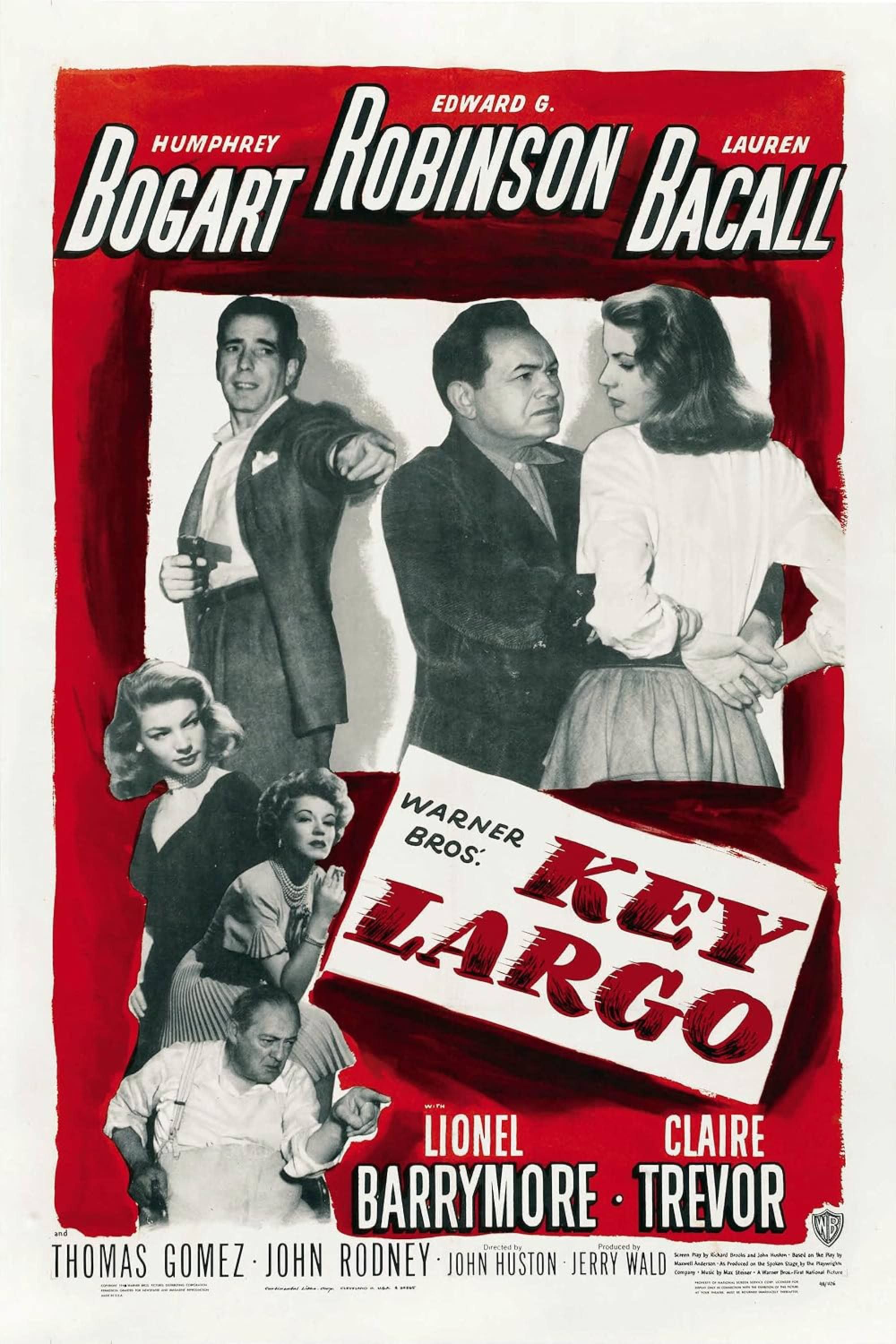
- Release Date
- July 16, 1948
- Cast
- Humphrey Bogart , Edward G. Robinson , Lauren Bacall , Thomas Gomez , Lionel Barrymore , Harry Lewis , Dan Seymour , Claire Trevor
- Runtime
- 100 Minutes
2 ‘The Maltese Falcon’ (1941)
Letterboxd Score: 3.9
Bogart stars in John Huston‘s directorial debut, The Maltese Falcon, as the cunning private eye Sam Spade. He is hired by a mysterious woman (Mary Astor) to find her sister, who she says ran off with a man to the city. As Spade begins his investigation, he finds himself entangled with several questionable characters who are all in search of a priceless jewel-encrusted statue known as the Maltese Falcon.
Based on the 1930 novel by Dashiell Hammett, The Maltese Falcon reigns as one of Bogart’s most celebrated performances and was one of several films that skyrocketed the actor to stardom. The Maltese Falcon is hailed to be one of the best detective film noir movies and earned several Academy Award nominations, including Best Picture and Best Adapted Screenplay. Bogart is simply sensational as the quick-witted Spade, inevitably luring audiences into a complex mystery through his natural, raw charisma and quick-witted sense of humor that only Bogart could fully grasp.
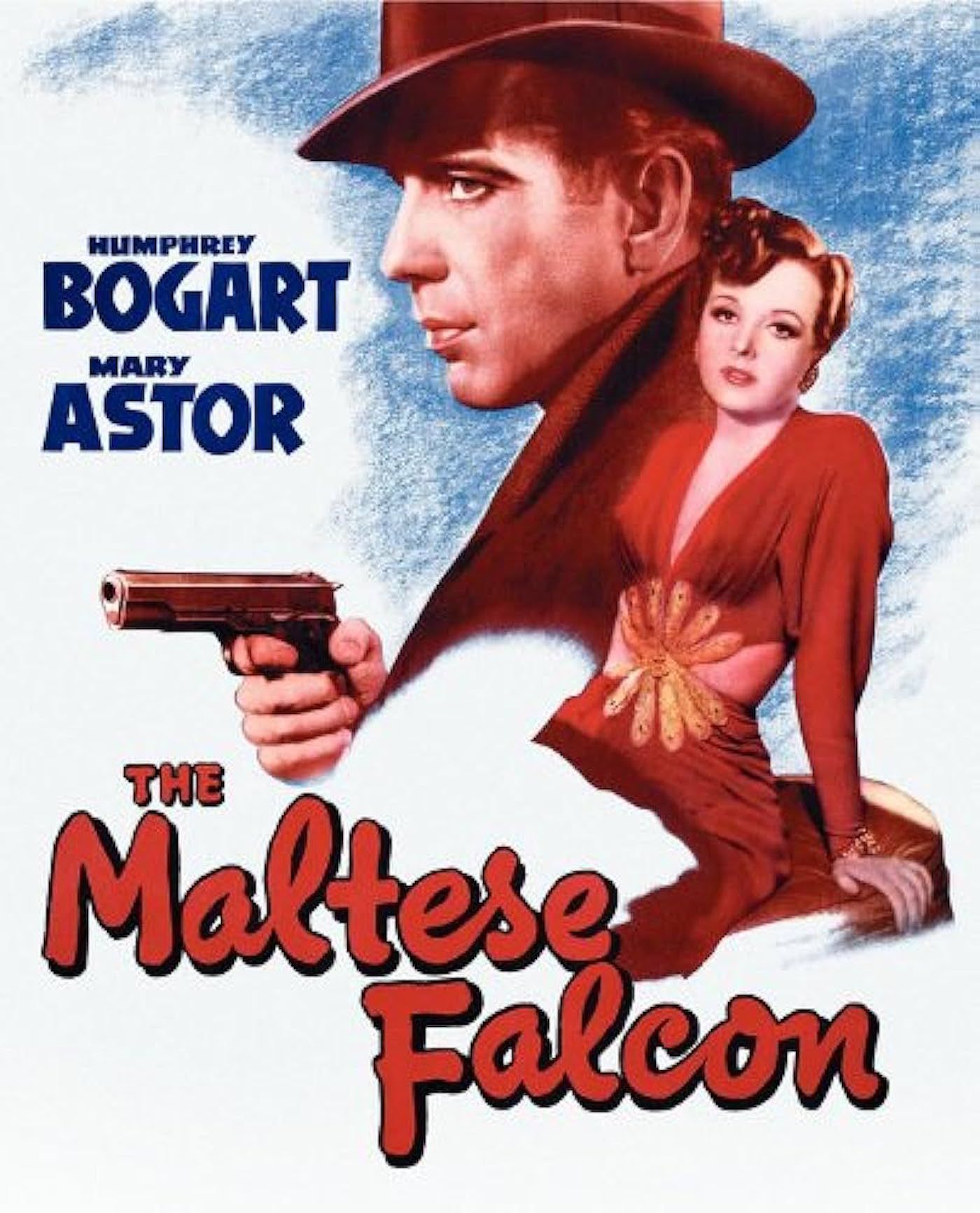
The Maltese Falcon
- Release Date
- October 18, 1941
- Cast
- Humphrey Bogart , Mary Astor , Gladys George , Peter Lorre , Barton MacLane , Lee Patrick
- Runtime
- 101
1 ‘The Roaring Twenties’ (1939)
Letterboxd Score: 4.0
The classic gangster film, The Roaring Twenties, stars Bogart as a World War I veteran, George Hally, who, along with his friend and comrade, Eddie Bartlett (James Cagney), returns home with high hopes for the future. When they fail to find jobs with livable wages, the friends decide to go into the bootlegging business, but after the stock market crashes, immense strain is put not only on their business but also on their friendship.
The Roaring Twenties is one of few classic gangster movies that can successfully hold its own compared to more modern gangster films such as Francis Ford Coppola‘s The Godfather and Martin Scorsese‘s Goodfellas, deeming it to be a must-see for any fan of the genre. As usual, Bogart and Cagney are an alluring on-screen duo who successfully define their characters, creating a distinctive dynamic together without one outweighing or resembling the other. The Roaring Twenties has been credited as one of the best gangster films that many have yet to see, so for anyone who falls into this category, we highly recommend adding it to the top of your watchlist.
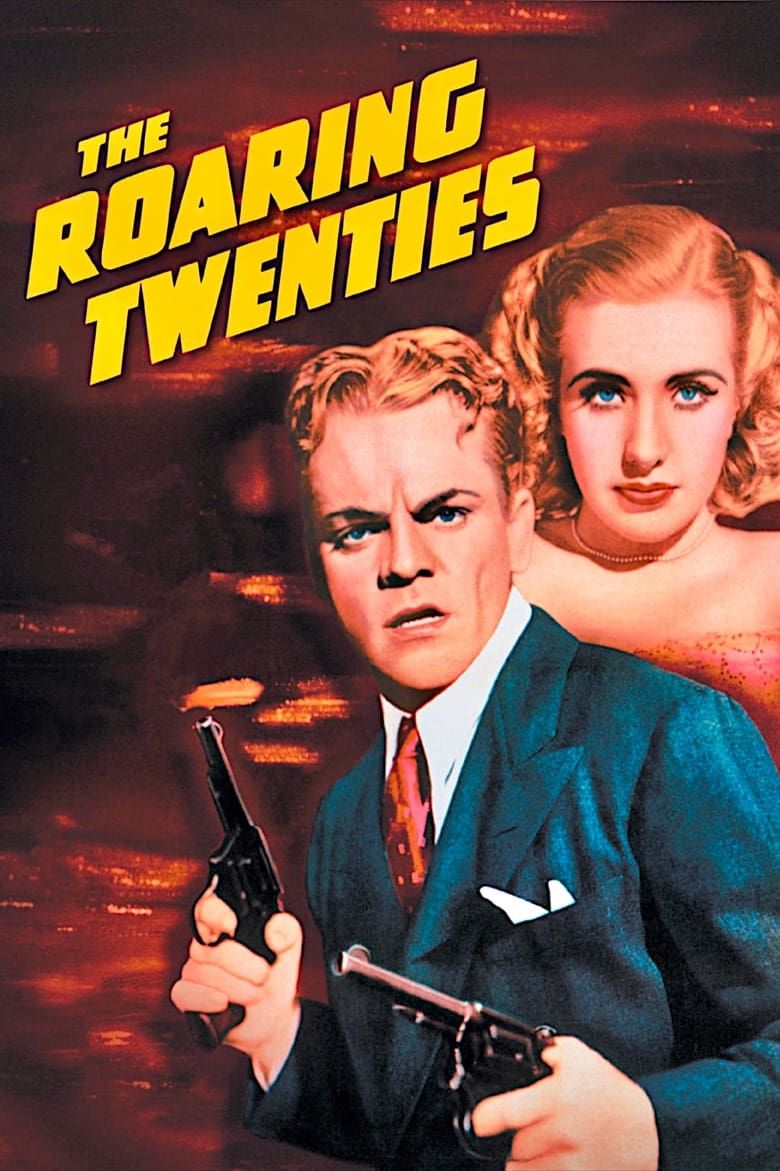
The Roaring Twenties
- Release Date
- October 28, 1939
- Director
- Raoul Walsh
- Runtime
- 104 minutes
- Writers
- Jerry Wald , Richard Macaulay
